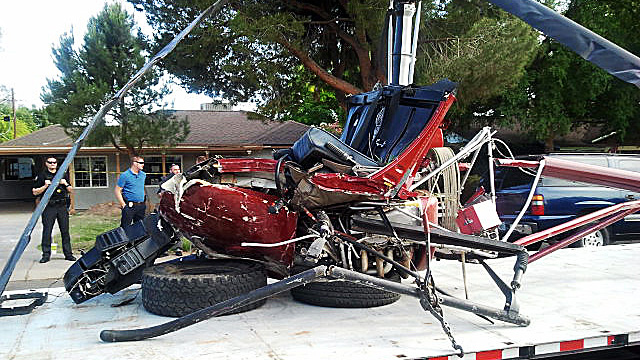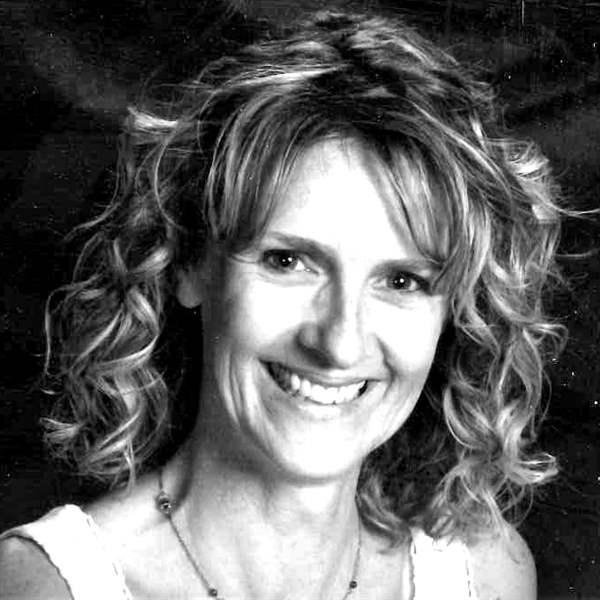Around The Patch: Out of the wreckage
What would you do with a second chance?

 It’s a question directed to audiences at large, but the question is especially meaningful for pilots, because the prospect of needing that second chance is with us every time we climb into the cockpit. For Sascha Janssen, it happened on May 2, 2012, when a mechanical malfunction caused his Hughes 269C helicopter to crash in a Phoenix suburb.
It’s a question directed to audiences at large, but the question is especially meaningful for pilots, because the prospect of needing that second chance is with us every time we climb into the cockpit. For Sascha Janssen, it happened on May 2, 2012, when a mechanical malfunction caused his Hughes 269C helicopter to crash in a Phoenix suburb.
The flight was to be a routine photo mission, but en route to the third location, Janssen felt a vibration in the tail. His pedals became spongy and couldn’t counteract the aircraft’s sudden yawing to the right. Glancing back, he saw the tail rotor slowing and knew they were in trouble. He aimed the helicopter for a nearby cul-de-sac, but with the sink rate accelerating, he didn’t make it. The helicopter clipped the roof of a house, projecting the cockpit over the eaves, through a tree, and into a brick wall, where it came to rest in a mangled heap.
An investigation revealed that the main transmission pinion had fractured and separated through the threads that retained the aft pinion nut, ultimately producing a loss of tail-rotor drive. Miraculously, both pilot and passenger survived this catastrophic failure.
As Janssen recovered from multiple injuries, he found himself reflecting on his second chance at life. As a result of these reflections, he approached three things very differently following the accident:
Family. Janssen felt a renewed appreciation for his wife and son—and, taking a hard look at what their situation would be without him, he purchased additional life insurance. “As guys, we don’t think a crash will happen to us; it always happens to other people,” Janssen said. “But it happened to me through no fault of my own, and I realized I needed to think realistically about what my family would do without me.”
Life speed. Recognizing that life is too short for impatience and other negative emotions, Janssen sought to became a calmer person. He said the change is particularly apparent in his driving. Before, he was aggressive and fast-paced; today, he drives the speed limit and takes an “I’ll get there when I get there” attitude.
Flying. Although Janssen could not have prevented his crash, he is now extra cautious during preflight inspections. “I was always very thorough with my preflight, but now I’m even more careful and take an additional walk around. It’s not paranoia; I just know what can happen,” he said, adding that he rechecks everything between flights.
In addition to more meticulous preflights, Janssen advocates for frequent emergency training. “In the commercial world, emergency procedures are trained once a year and that’s not enough,” he said. “Even as an instructor, when you control the emergency for a student, you know how everything will go. But when an emergency is unexpected, only consistent training in which you have practiced again and again will get you through.” He urges all pilots to “train, train, train” for emergencies.
At the end of his TED Talk, Elias makes this observation: “I was given a gift: to see into the future and come back and live differently.” Imagine you were given that gift. How would you change your life and your relationships? What would you do that you’ve been putting off? How would you fly and train differently? Make those changes now, because as Elias and Janssen learned firsthand, life can change in an instant.



